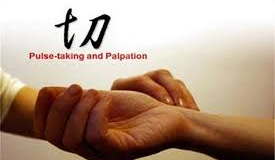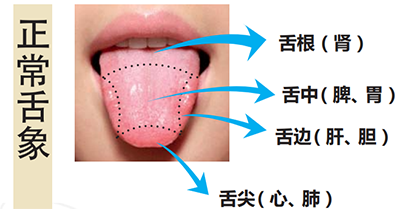Pulse Diagnosis
It is a diagnostic method for the Chinese medicine practitioner to press the patient's artery and use the pulse to understand the internal changes of the disease. Pulse diagnosis has a long history and it reflects the characteristics and experience of traditional Chinese medicine in diagnosing diseases.
Chinese medicine practitioners used to have a pulse diagnosis for more than two thousand years, that is, using fingers to press a pulse to diagnose a disease according to a pulse. A theoretical system of Chinese medicine is also unique to the world.
The consultant will feel the pulses on both wrists to determine the condition of your Qi, Blood and internal organs. They will note the speed, strength, rhythm, and shape. A normal pulse is smooth and calm, reflecting good Heart Qi and Blood. A slippery pulse may indicate dampness, or pregnancy. A sinking pulse is indicative of illness deep in the interior of the body. A stringy pulse is common for a person with severe pain or a liver disorder. Symptoms of a wiry pulse include depression, irritability, and the tendency to anger easily. A rapid pulse with irregular intermittence, indicates excessive heat, stagnation of Qi & Blood, or phlegm.


